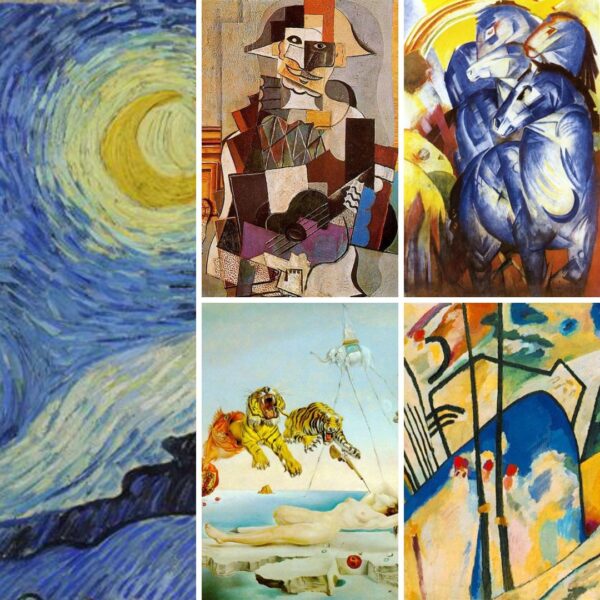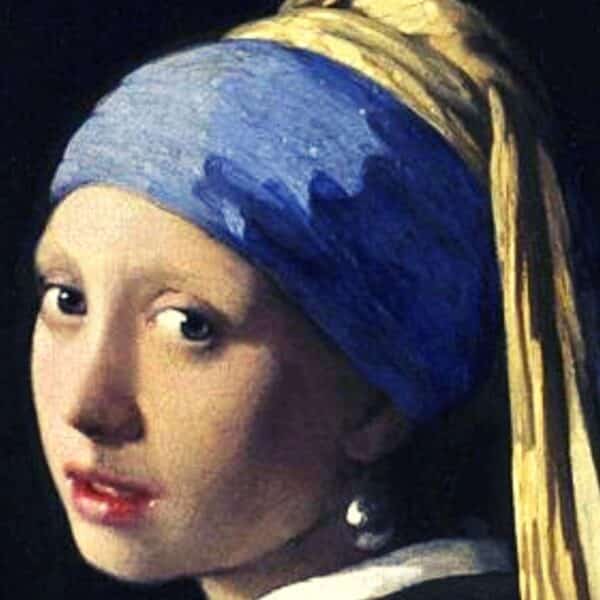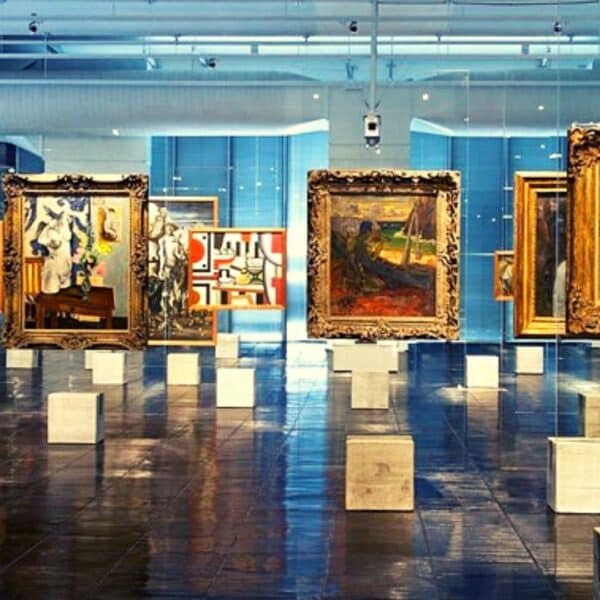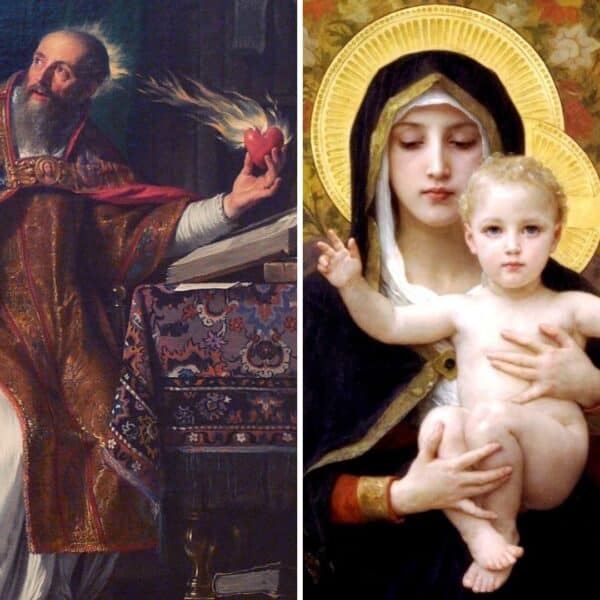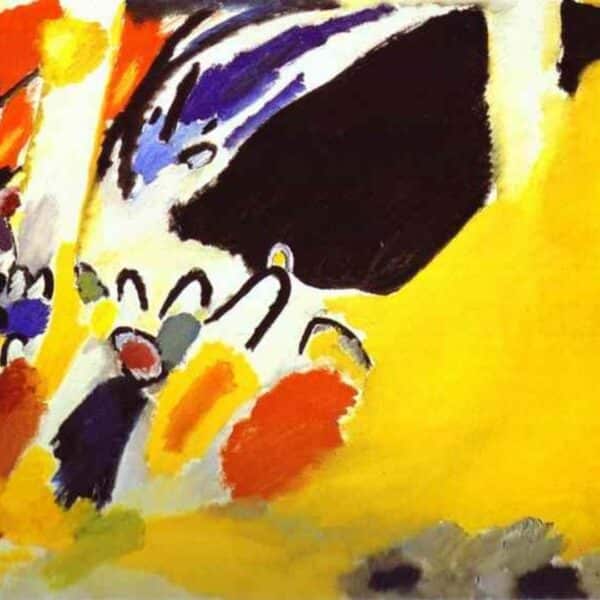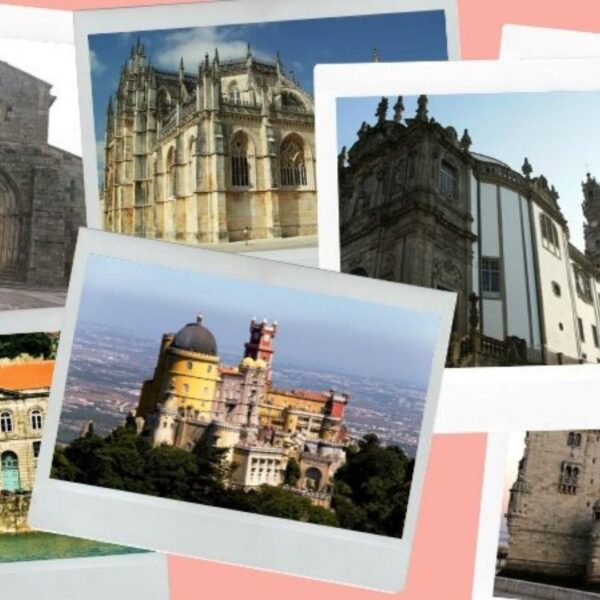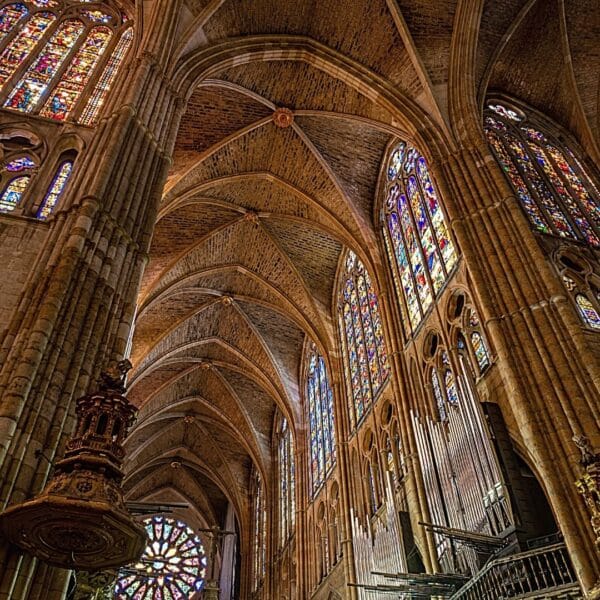Cryptoart or NFT art has recently questioned many of the paradigms of the art market , and many wonder if it will question the value of the physical works of contemporary artists.
But first – what is Cryptoart or NFC Art
We are talking about an artwork cryptographically registered through a blockchaine and transformed into a Non-Fungible Token (NFT).
The blockchaine ensures the immutability of the records, which theoretically cannot be falsified, replicated or modified.
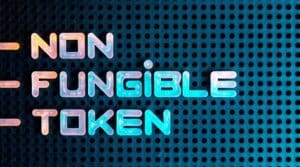
Cryptoart and the guarantee of authenticity
Cryptoart works thus ensure the authenticity of the artwork and they provide a safeguard for the artist.
This happens because digital technology has enabled the technical reproducibility of the work of art. As we are told by Rute Ferreira in the online course Art Market :
Let's say you decide to have a work of contemporary art in your home. You find a high-resolution photo, print it on good paper, frame it, and... voilà! You have a work of art in your living room, and the artist who created it, unfortunately, got nothing for it.
You will then enjoy the aesthetic pleasure of a work of art without its creator even knowing about it.
With NFT artworks , even if thousands of copies of the same work circulate on the Internet, you will always be able to know which is the original and who owns it.
NFT art and the value of the artwork
Now imagine that the author of the artwork is, or becomes, recognized in the art market and his works start to be worth millions?
How much is your reproduction value? Absolutely nothing.
This is because among the numerous factors that influence the value of a work of art on the art market , the first and most decisive is the guarantee of authenticity.
The astronomical values reached at art auctions are not reached by works that “may be by Van Gogh, Picasso, Munch…” but by those whose authenticity is guaranteed and certified by experts.
Cryptoart, by ensuring authenticity, enhances the value of the work of art as a financial investment.
It becomes, for the buyer, a financial asset. Or more precisely, a financial crypto-active.
The NFT market grew 705% in 2020, according to NonFungible, a company specializing in data analysis of the NFT industry, moving tens of billions of dollars.
The works are usually sold in virtual auctions and transactions are carried out in cryptocurrency.
Some of them have already reached impressive values in the auctions.
Let’s take a look
Beeple
Everydays: The First 5000 Days
This lot was auctioned at Christie’s and reached a record $69 million.
The auction started with a base bid of $100.
Watch the video at Christie’s.
Crossroad
From the same artist, the 10-second video, Crossroad, was initially acquired for $67,000 in 2020.
The following year it was sold, on the secondary market, for $6.6 million.
Damien Hirst
Damien Hirst, one of the best known contemporary artists whose works reach extraordinary values in auctions, released The Currency in July 2021.
It consists of 10,000 NFT that correspond to 10,000 original works.
An exhibition at Newport Street Gallery, representing the artist, from September 23 to October 30, 2022 is the culmination of this release.
This is because buyers chose between keeping the tangible works or the NFTs. 5149 have chosen the tangible works, while 4851 opted for the NFTs. The physical works correspondent to the latter will be destroyed.
By the end of the exhibition – October 30 – the artist himself will burn all these works.
The very act of Damien Hirst burning his works has become an art performance shared on social networks and headline news on TV and in newspapers.
And we have no doubt that those who bought these works got a good deal.
Will NFT art replace traditional art production?
Only time will answer that. But we believe it won’t. Cryptoart will be one more medium that artists have at their disposal to produce and market their art.
Art reflects its time, responds to its time, is witness to its history.
And cryptoart will be just that. The reflection in art of a world in which virtual reality is more and more present and in which consumption expands and is extended by digital means.
Back to the original question – will cryptoart change the paradigms of the art market?
As we have seen, it has already changed. But in what sense?
In the methods of artistic production, in the way works of art are authenticated, in the methods of marketing art and in the access to its acquisition.
But, in essence, the process inherent to the art market remains the same. We continue to make a clear distinction between the primary and secondary market for art.
The primary market with artists selling, directly or through the galleries that represent them, their works.
The secondary market with auction houses and bidding, now online and in cryptocurrency.
And it is not by chance that we see the major art galleries and the most renowned auction houses in the world entering the NFT art business in a decisive way.
Art market – how the art market works
In this certified online course you will learn how the art market works through:
- Reflection on the economics of art, starting with the analysis of the value of works of art .
- Understanding the distinctions between the aesthetic value and monetary value of the work of art.
- Analysis of the dynamics of the art market, considering some specific points of the History of Art.
- Analysis of the primary and secondary markets of art.
- Understanding of the dynamics of the contemporary art market and its opportunities.

Fátima Muralha
Graduated in History – Art History from the Universidade Nova of Lisbon. Post-Graduate in Management and Promotion of Heritage by the UAL. Specialised in Management of Cultural Projects. Various training courses and a specialisation course regarding Promoting Heritage, Conservation & Restoration, Museum studies and Vocational Training. Coordinator in multiple projects linked to Historical and Artistic Heritage, educational and vocational training projects in various entities. Author of several publications and communications. Creator and coordinator of the development of virtual content of the project: History | Art | Culture.


